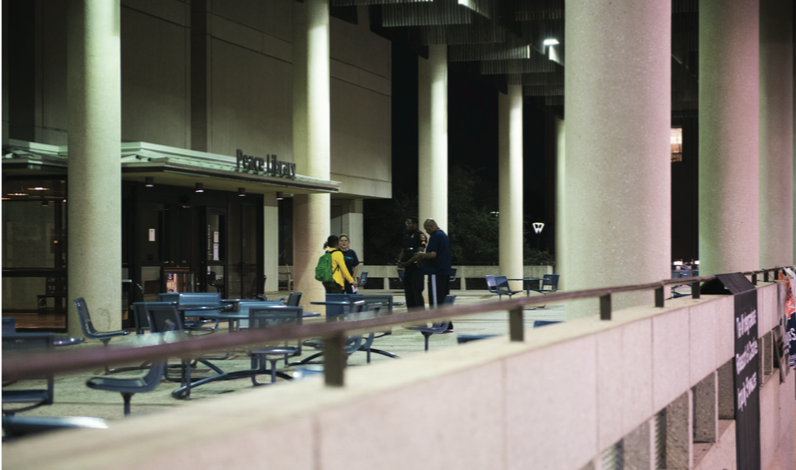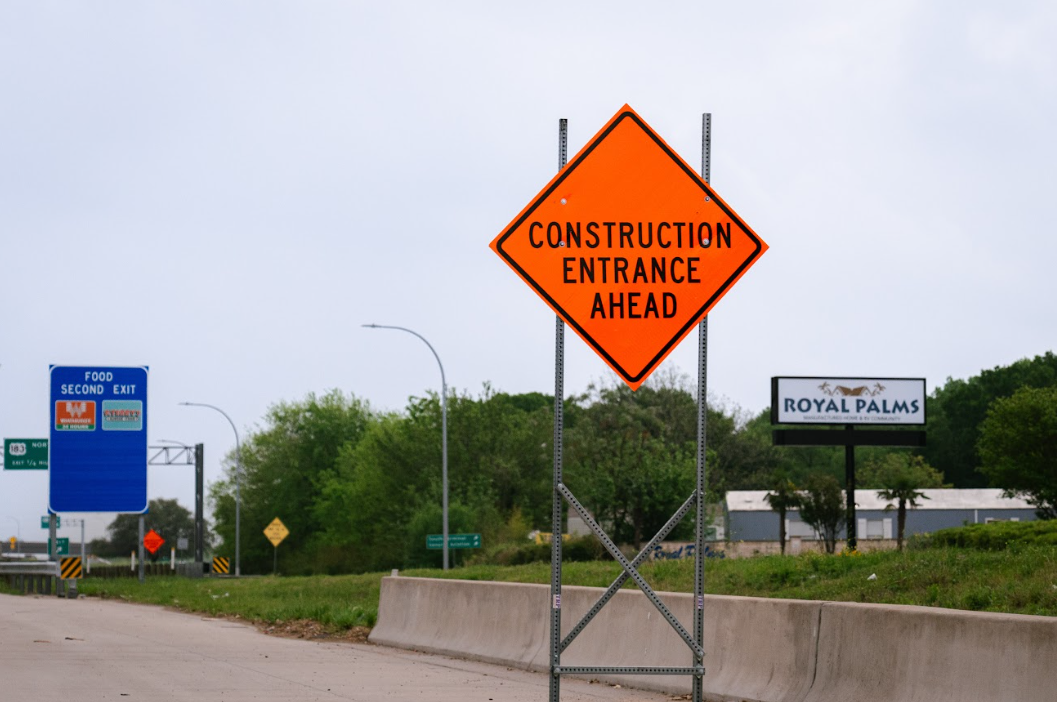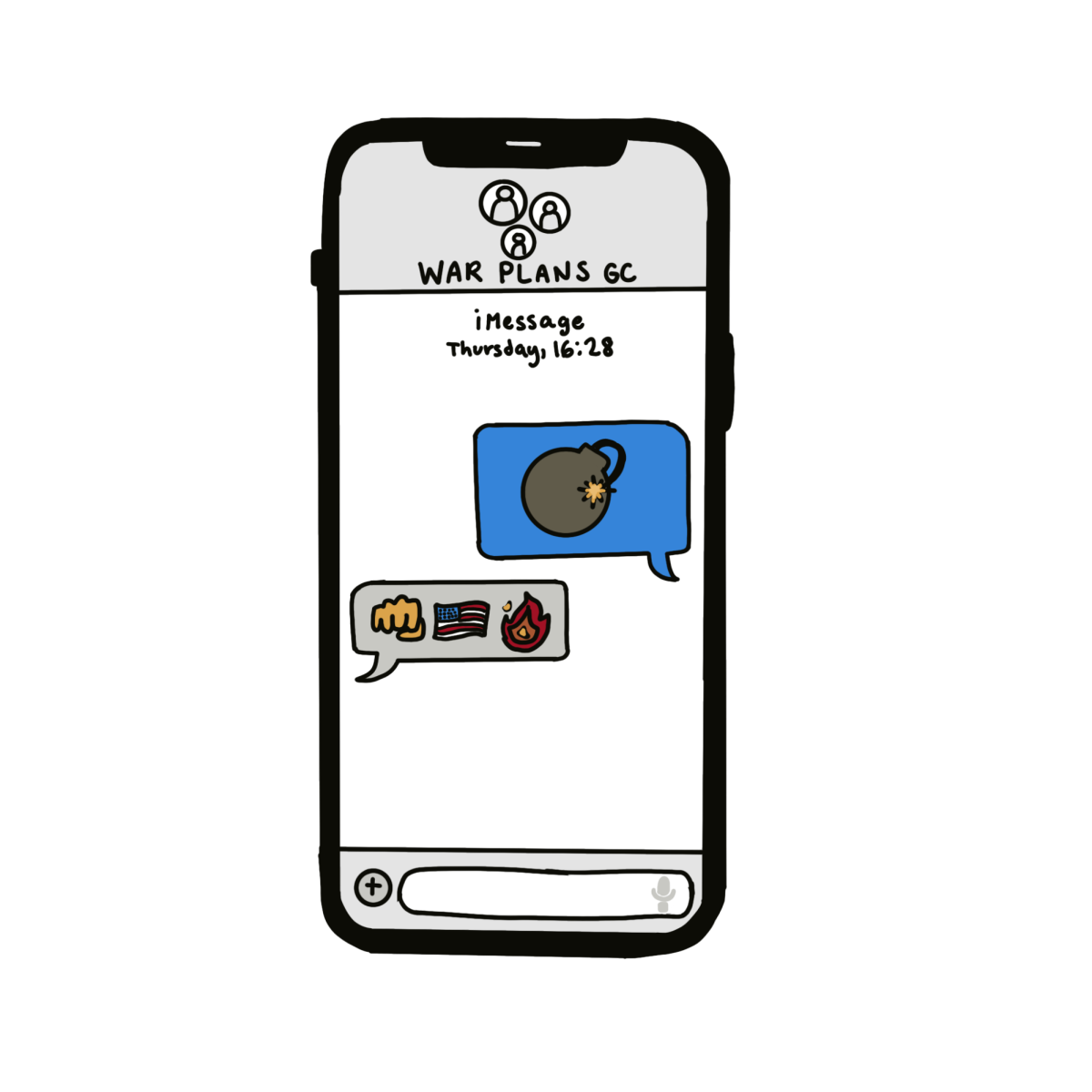The finals days of the semester are here and finals are quickly approaching. Students, faculty and staff are tired and ready for a break, but the past week has caused anxiety for many. Last week, the campus community experienced two back-to-back bomb threats. While the threats were “non-credible,” UTSA did not communicate to its students in the most effective way.
UTSA received the first of the threats Monday night. Students found out about the situation via social media. The UTSA Office of Emergency Management later sent out an alert informing the community about the bomb threat. In a Snapchat video, students were seen standing around the Sombrilla near the JPL. Even if the threat was described by UTSA PD as “non-credible,” there should have been a greater distance between students and the building in case of an emergency.
It was surprising an official alert from UTSA took so long to circulate; instead, students were sharing and tweeting about the situation. UTSA was also updating students via Twitter. Had I never jumped on Twitter, I would not have found out about the possible emergency. Eventually, the campus sent alerts via email, text message and social media, but it was much later and felt like forever after the incident was reported on social media. The university alert system did not deliver the message about the incident in a timely manner.
Tuesday night, there was a second threat; this time the MH was the target. While it felt that this incident was reported sooner, Twitter was the first platform to break the news to community members.
The messages sent each night were different. The message from the JPL stated, “JPL evacuated due to bomb threat, believed to be non-credible. Once PD clears JPL, building will reopen. Updates on Twitter @UTSA,” versus the more serious MH alert, “Bomb threat reported in the MH Building. Please avoid the MH Building until further notice. More info to be posted at the Campus Alerts website at www.alerts.utsa.edu.” The two messages convey different attitudes about the bomb threats. Was one threat more credible than the other?
All threats should be taken seriously. While UTSA responded, the alert system the university used to communicate was not effective. Social media is useful because students can send out information, but the risk of being misinformed can create chaos within the student body.
Scrolling through tweets, some students cracked jokes about the situations, but others were worried and confused as to why they had not received an alert from UTSA. While social media was a key player in keeping the community up to date, there are students, staff and faculty members who do not have a Twitter account. According to the UTSA campus alert website, “UTSA has an advanced emergency notification system to send alerts via text or voice and email to students faculty and staff.” Some students report never receiving an email or a text message.
Wednesday, after the MH threat, President Reyes responded with a message urging the community to remain vigilant and continue their everyday routines.
Reyes’ message stated, “At times like this, I urge you to remember, hatred wins when we live in fear. I refuse to let either one determine what we do as a university.” His response was reassuring, but it does not address the fact that students and staff were not alerted in a timely manner.
UTSA has “extensive safety protocols… in place and countless individuals work tirelessly to ensure that your experiences at UTSA are good ones,” Reyes’ message stated, but nothing was said about that failure of communication.
“Our emergency notification system enables us to rapidly send notifications to all registered students, faculty, and staff in the event of an emergency,” states ASAP, but is there a way to get the notification out to everyone, even if they are not registered? Whether the issue was preparedness or there was a snag in the chain of communication, there must be a way to effectively warn students about potential emergencies. Blackboard Learn is able to notify students immediately when a grade is posted, why can’t students receive the same speedy information regarding potentially dangerous situations?
Threats are inevitable; therefore, it is important to have reliable communication between UTSA, students and staff to avoid surprise and panic in serious situations. With recent events, UTSA needs to re-evaluate its communication methods to ensure all future alerts are sent in a timely manner and received immediately.















